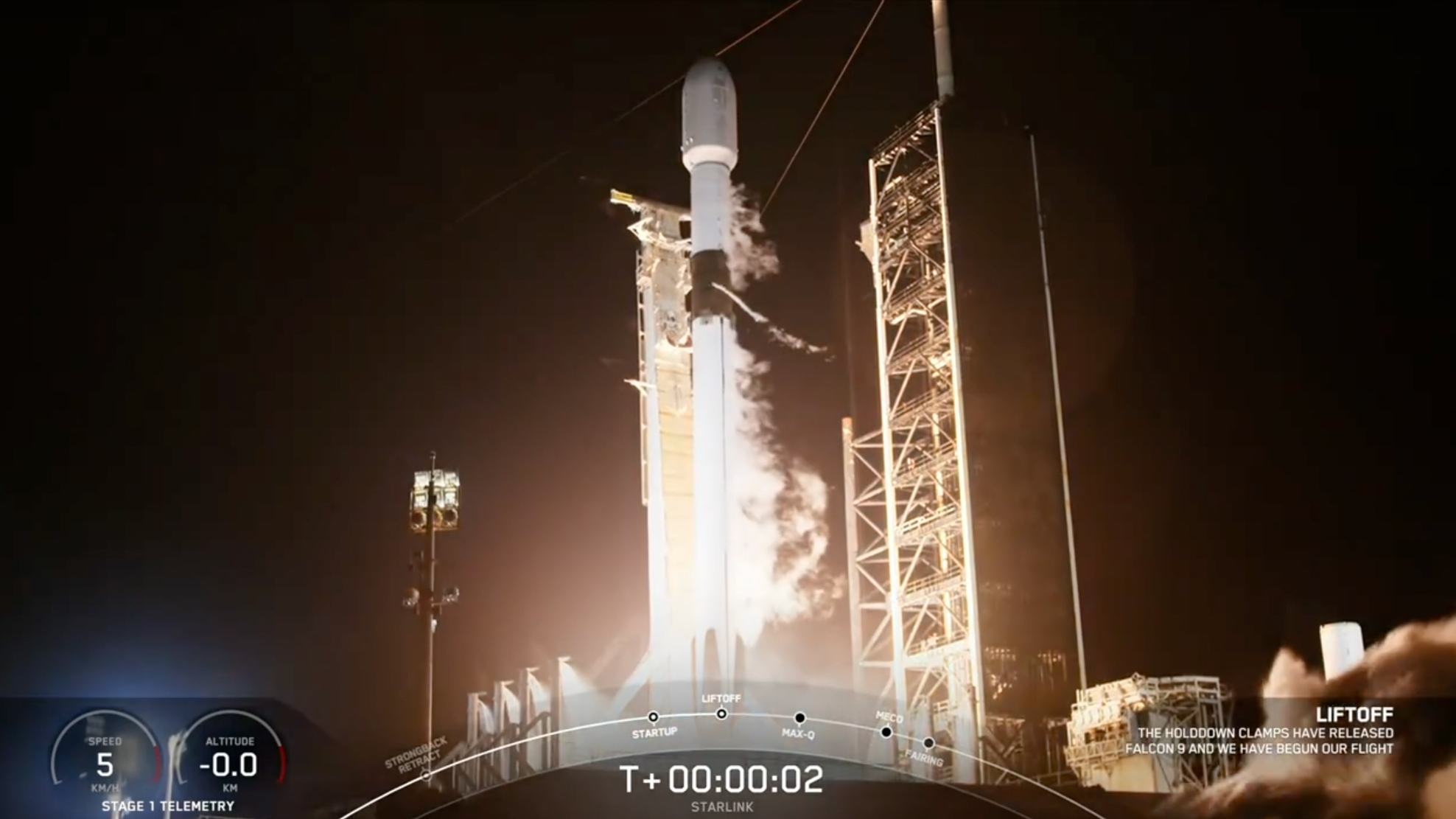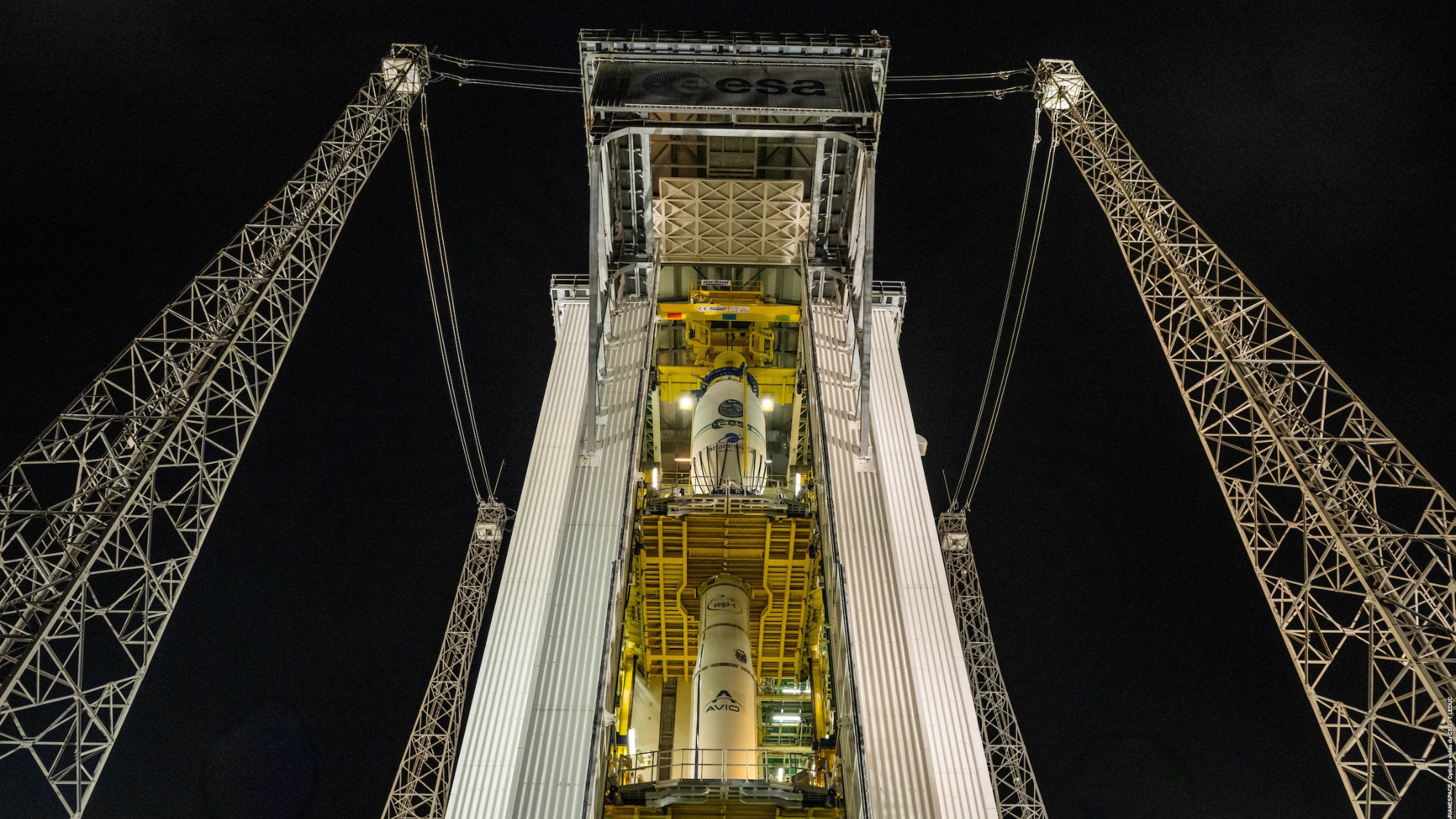Asteroid three times the size of the Statue of Liberty will zoom past Earth on fall equinox
NASA monitors all Near Earth Objects like this, on the off chance its orbit could change.

On Wednesday (Sept. 22), the fall equinox will bring the Earth about 12 hours of daylight, 12 hours of night and a renegade space rock measuring about three times the size of the Statue of Liberty.
This asteroid, named 2021 NY1, will sail harmlessly past our planet, according to NASA's Jet Propulsion Laboratory, but is still considered a Near-Earth Object (NEO) because it will pass within about 120 million miles (193 million kilometers) of the sun.
By that standard, asteroid 2021 NY1 will make a relatively close approach of about 970,000 miles (1,560,000 km) away from Earth — or just under four times the distance between Earth and the moon.
Related: Top 10 ways to destroy Earth
While asteroids like this pose no threat to life on Earth, NASA monitors all NEOs on the off chance that their orbits might change in the future, bringing them closer to a collision with our planet. Studying the characteristics of NEOs can also reveal new information about the early days of the solar system, as most asteroids are rocky fragments originating from that time.
Asteroid 2021 NY1 is a decent-sized rock, measuring between about 425 and 985 feet in diameter (130 to 300 meters), or somewhere between three and six Statues of Liberty tall, according to NASA's NEO database. The freewheeling rock is cruising through space at about 21,000 mph (33,800 km/h) — or roughly 27 times the speed of sound.
For what it's worth, this autumnal asteroid is nowhere near the closest ever to pass through our neighborhood. That honor goes to the asteroid 2020 QG, which zipped just 1,830 miles (2,950 km) above the Indian Ocean on Aug. 16, 2020, Live Science's sister site Space.com reported. No known asteroids have come closer — without burning up in the atmosphere or hitting our planet's surface.
Get the Space.com Newsletter
Breaking space news, the latest updates on rocket launches, skywatching events and more!
Originally published on Live Science.
Join our Space Forums to keep talking space on the latest missions, night sky and more! And if you have a news tip, correction or comment, let us know at: community@space.com.

Brandon has been a senior writer at Live Science since 2017, and was formerly a staff writer and editor at Reader's Digest magazine. His writing has appeared in The Washington Post, CBS.com, the Richard Dawkins Foundation website and other outlets. He holds a bachelor's degree in creative writing from the University of Arizona, with minors in journalism and media arts. He enjoys writing most about space, geoscience and the mysteries of the universe.










